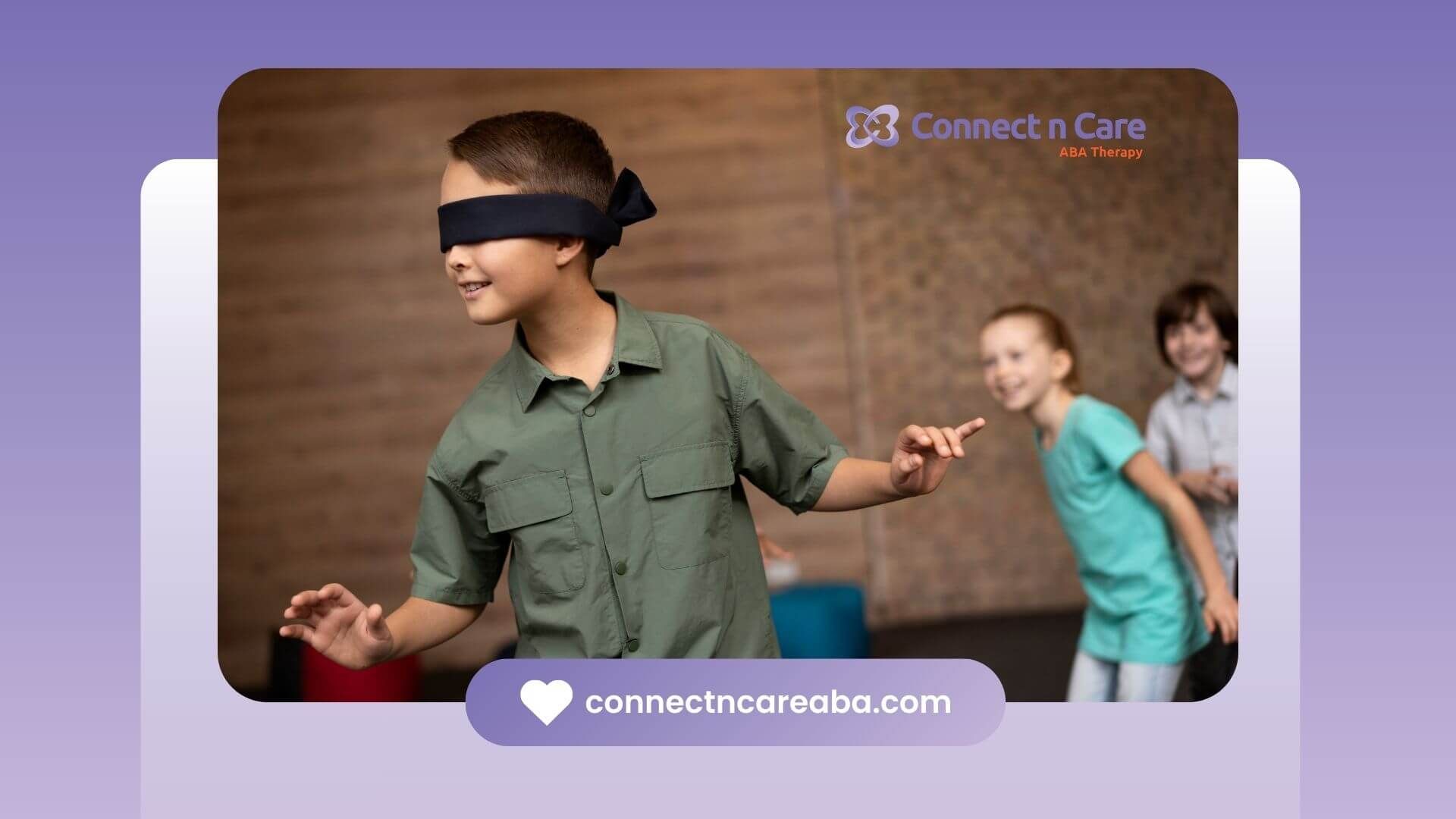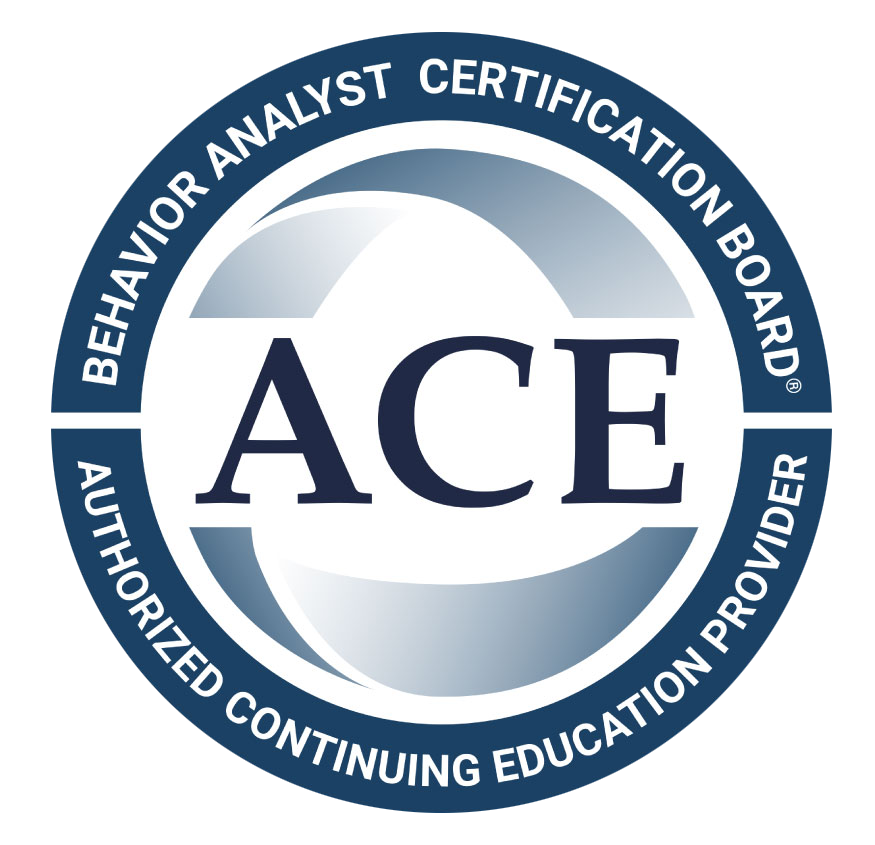Autism Spectrum Disorder (ASD) is a developmental condition that affects how individuals perceive and interact with the world around them. While the behaviors associated with autism can vary widely, there are several common patterns that may be observed.
These behaviors often involve challenges in communication, social interactions, and repetitive activities. By recognizing these behaviors early, caregivers and professionals can provide support to help individuals thrive.
Common Behavioral Traits
- Social Communication Challenges: Many individuals with autism have difficulty with social interactions. This can include challenges in understanding non-verbal cues, maintaining eye contact, or engaging in reciprocal conversations. According to the Autism Speaks organization, around 40% of children with autism do not develop functional speech.
- Repetitive Behaviors: Repetitive movements or actions are another hallmark of autism. These may include hand-flapping, rocking, or lining up objects. These behaviors often serve as a way to self-soothe or manage overwhelming environments.
- Difficulty with Change: Individuals on the spectrum might find it challenging to adjust to new routines or unfamiliar environments. Predictability and structure can be important for comfort and stability.
- Hyper or Hypo Sensory Sensitivities: Many individuals with autism experience heightened or diminished sensitivity to sensory stimuli like lights, sounds, textures, or smells. This can lead to sensory overload or a strong preference for certain sensations.
Recognizing these behaviors early on is key to offering support and understanding. It’s important to remember that no two individuals with autism are alike, and the spectrum is vast.
If you are seeking tailored support, Connect n Care provides in-home ABA therapy, school-based ABA therapy, and clinic-based ABA therapy for families in North Carolina and Virginia. Our programs are designed to help individuals with autism build skills in a supportive, personalized environment.
FAQs
1. What is the most common behavior in individuals with autism?
Repetitive behaviors, such as hand-flapping or repetitive speech, are among the most common behaviors seen in individuals with autism.
2. How can parents support children with autism at home?
Creating a structured routine and providing a sensory-friendly environment can be crucial in helping children with autism feel comfortable and secure at home.
3. Can autism be diagnosed at a young age?
Yes, autism can often be diagnosed as early as 18 months, with many children showing signs by age 2. Early intervention can make a significant difference in development.









